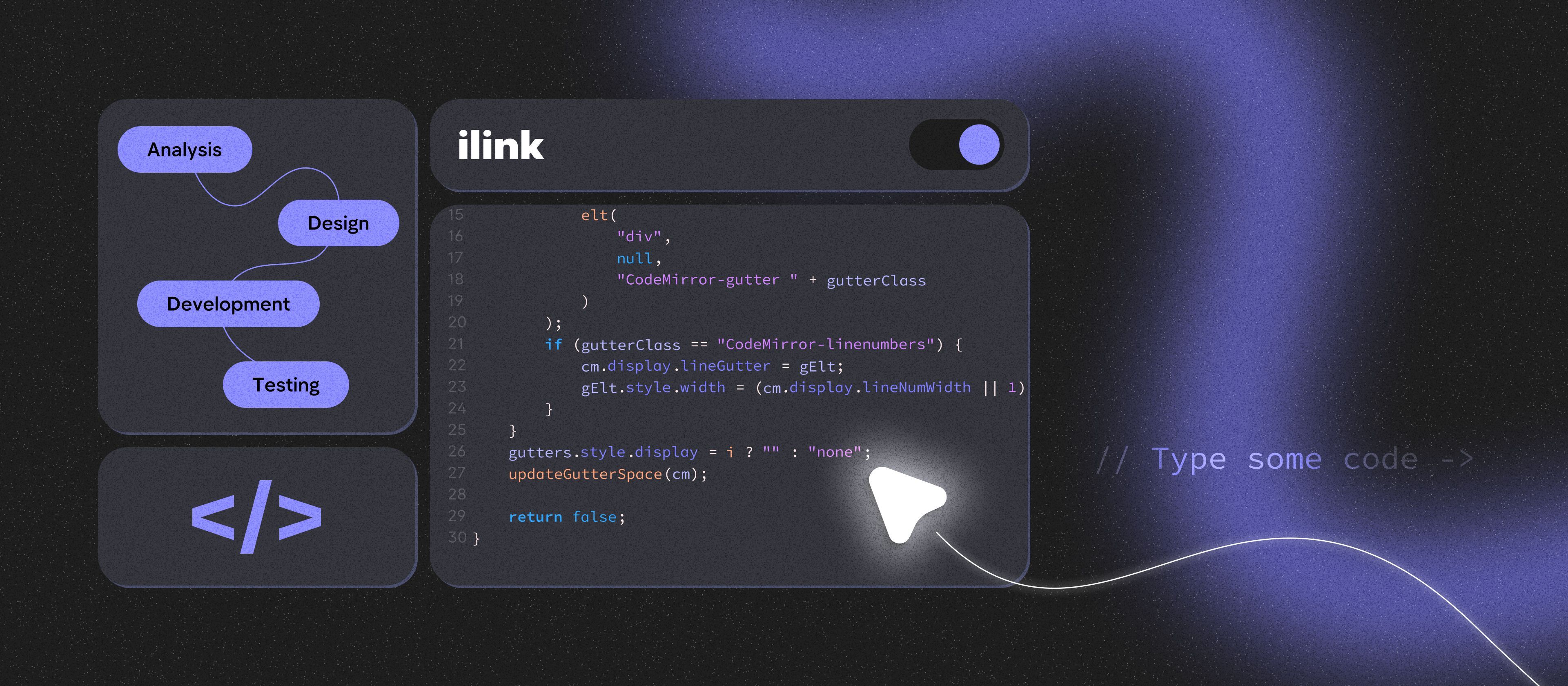Trends and Innovations in IT Outstaffing
Introduction
In the rapidly evolving tech industry, IT outstaffing has emerged as a strategic approach for companies looking to extend their capabilities without expanding their in-house teams permanently. As businesses globally strive to stay agile and cost-effective, understanding the latest trends and innovations in IT outstaffing is crucial. This article explores these trends, the technological advancements driving change, and the skills most in demand, providing a comprehensive outlook on the future of IT outstaffing.
Current Trends in IT Outstaffing
Diversification of Talent Sources
- Companies are increasingly exploring non-traditional markets to find outstaffing solutions that offer a unique blend of skills and cost-effectiveness. Regions like Africa and Central Asia are emerging as new hubs for IT talent, joining the ranks of India, Eastern Europe, and Latin America. Specialization of Services
- As the IT outstaffing market matures, providers are specializing in niche areas such as blockchain, artificial intelligence, and cybersecurity. This trend is driven by the growing complexity of projects and the need for specific expertise that may not be available in-house. Sustainability and Social Responsibility
- There's a growing trend towards incorporating sustainable practices and social responsibility into outstaffing. Companies are increasingly preferring to partner with providers that demonstrate ethical practices, including fair labor conditions and environmentally friendly operations. Increased Demand for Soft Skills
- Beyond technical capabilities, there is an increasing emphasis on soft skills such as communication, teamwork, and adaptability. Companies are looking for outstaffed personnel who can seamlessly integrate with their in-house teams and contribute to a positive work environment. Regulatory and Compliance Focus
- With tightening regulations around data privacy and labor laws, companies and outstaffing providers are placing greater emphasis on compliance. This includes adhering to international standards and obtaining relevant certifications to build trust and ensure legal compliance.
Technological Innovations Driving IT Outstaffing
Enhanced Remote Collaboration Tools
- Innovations in remote collaboration tools that integrate video conferencing, project management, and real-time communication are making it easier to manage and integrate outstaffed teams. Tools like virtual whiteboards, shared workspaces, and cloud-based development environments are becoming standard. Predictive Analytics
- The use of predictive analytics in outstaffing is on the rise, helping companies anticipate project outcomes, personnel needs, and potential challenges. These insights allow for better planning and resource allocation, reducing risks and enhancing project success rates. Internet of Things (IoT) Integration
- IoT technology is being integrated into outstaffing solutions to monitor and improve the productivity and well-being of remote teams. For example, IoT devices can help track health metrics or workspace conditions, providing data that can be used to optimize working environments and schedules. AI-Driven Skill Matching and HR Management
- Artificial intelligence is revolutionizing how outstaffing firms recruit, match, and manage talent. AI algorithms analyze vast amounts of data to find the best fit between a project’s requirements and a professional's skills, experience, and even work style preferences. Blockchain for Enhanced Contract Management
- Blockchain technology is being used to manage contracts in the outstaffing sector more securely and transparently. Smart contracts automate payments and terms enforcement, reducing the administrative burden and increasing the trust between all parties involved.
Emerging Skill Sets in Demand
The demand for specialized IT skills continues to evolve as technology advances and business needs become more complex. Here are some key skill sets that are currently in high demand in the IT outstaffing sector:
- Machine Learning and AI Development. As businesses seek to automate processes and extract insights from data, there is a high demand for professionals with expertise in machine learning algorithms, natural language processing, and AI development.
- Cybersecurity and Ethical Hacking. With cyber threats becoming more sophisticated, the need for cybersecurity experts who can proactively defend and manage security systems is critical. This includes specialists in penetration testing, compliance audits, and security architecture design.
- DevOps and Automation Engineers. Companies are looking for IT professionals who can bridge the gap between software development and IT operations, facilitating faster and more efficient project cycles through continuous integration and continuous delivery (CI/CD) practices.
- Blockchain Technology. Demand is surging for developers who can implement blockchain technology to enhance transparency, security, and efficiency in various applications, from financial transactions to supply chain management.
- Cloud Migration and Management Experts. As more businesses move to the cloud, there is a growing need for experts in cloud migration strategies, cloud-native application development, and cloud service management.
- UX/UI Designers. With the increasing importance of user experience in software development, skilled UX/UI designers are crucial for creating intuitive and effective interfaces.
Challenges and Solutions in Modern IT Outstaffing
Managing outstaffed IT teams presents several challenges, particularly when it comes to integration and project management. Here are some common challenges along with practical solutions:
- Communication Barriers. Solution: Implement state-of-the-art communication tools that support various modes of interaction, such as video calls, real-time messaging, and collaborative platforms. Regularly scheduled meetings and structured updates can also enhance clarity and reduce misunderstandings.
- Cultural Differences. Solution: Conduct cultural exchange workshops and training sessions to foster mutual understanding and respect. Establishing a company culture that embraces diversity can help mitigate cultural clashes.
- Quality Control. Solution: Utilize comprehensive quality assurance processes, including regular peer reviews, code audits, and performance metrics. Automated testing and continuous monitoring can also help maintain high standards.
- Project Management Complexity. Solution: Adopt robust project management methodologies like Agile or Scrum that are suited to managing distributed teams. Use project management software that allows for tracking progress, managing tasks, and documenting changes in real-time.
- Data Security and IP Protection. Solution: Implement strict security protocols and use secure communication channels. Regular security training and audits can ensure that all team members are aware of and comply with data protection regulations.
- Aligning Business Goals. Solution: Ensure that outstaffed team members are fully integrated into the company’s strategic vision through regular briefings and inclusion in strategic planning sessions. This alignment helps in synchronizing efforts towards common objectives.
Future Outlook and Predictions
- Long-Term Impact of Remote Work. The trend towards remote work is likely to persist, continuously shaping the IT outstaffing landscape. Companies will further refine remote work policies and technology stacks to support effective collaboration and productivity in distributed environments.
- Integration of New Technologies. Looking ahead, technologies like AI, machine learning, and quantum computing will further transform IT outstaffing. These technologies promise to enhance the capabilities of outstaffed teams and create opportunities for tackling more complex projects.
The trends and innovations in IT outstaffing reflect a dynamic field adapting to the needs of a global, digital economy. Companies that stay informed and agile, ready to integrate new technologies and methodologies, will benefit the most from these developments.
Comments (0)
Latest Posts
When a business should create own cryptocurrency? In this article, we'll discuss the types of cryptocurrency, how to launch, and where crypto generates the most income.
Why businesses need custom web solutions designed for growth - From profitable SaaS platforms to fintech and marketplaces.
Do You Have Any Questions?
Leave your details - we will contact you to answer all your questions




